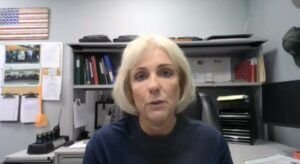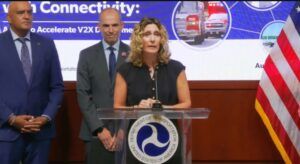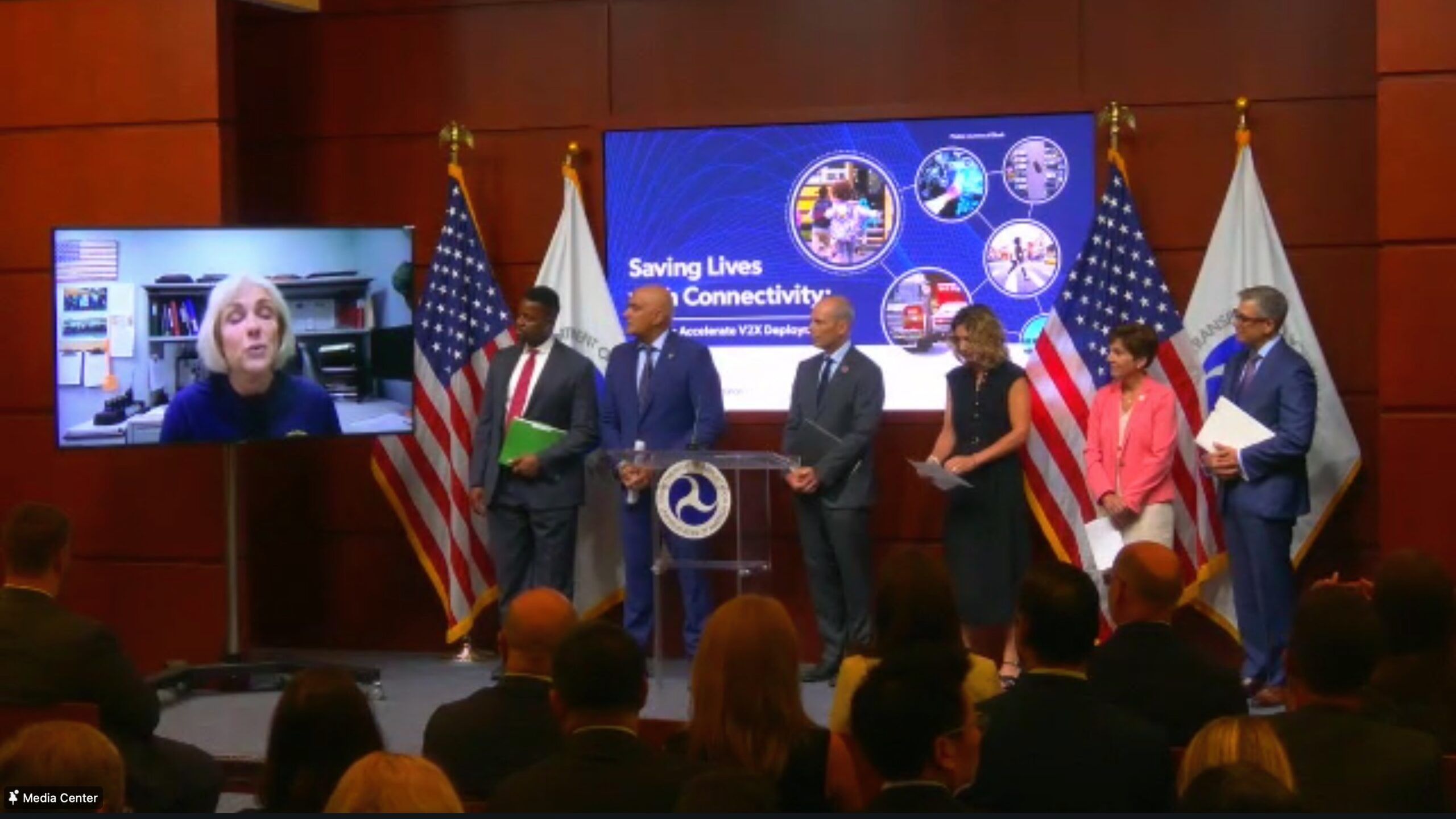On Friday 16 August, as part of its commitment to reducing deaths and serious injuries on roads in the US, the US Department of Transportation (USDOT) announced the Saving Lives with Connectivity: A Plan to Accelerate V2X Deployment.
The national plan, initially released in draft form for public comment in October of last year, is focused on road safety, mobility, and efficiency through technology that enables vehicles and wireless devices to communicate with each other and with roadside infrastructure.
These technologies can enable a more safe, secure, and efficient transportation system while maintaining privacy and consumer protection. They will contribute to the Safe System Approach adopted by the USDOT’s National Roadway Safety Strategy, a comprehensive approach launched in January 2022 to address the crisis of roadway deaths.
“We believe that by integrating advanced technologies, we can make our roads safer for everyone who uses them,” said Robert Hampshire, principal deputy assistant secretary for research and technology at USDOT. “The power of V2X technology is transformative, we believe, as a critical tool to mitigate and eliminate crashes across this nation.”
The plan comes in response to the tragic loss of 40,990 lives on US highways just last year. It aims to deploy V2X technology on 20% of the nation’s transportation system by 2028.
“This is a wonderful plan that brings together private and public sector partners and state DOT’s to lay out the roadmap and say these are the deployments that will be needed. This is not about pilot programs or testing technology. This is proven technology that works. There are deployments across the nation right now that are utilising V2X technology and thanks to the Bipartisan Infrastructure Law, there is funding available to make this a reality. Earlier this year, we announced around $60 million grants for more deployments in Texas, Utah, Colorado, Wyoming, Phoenix and Arizona but there are also deployments in Michigan, Virginia, and California. There is all of this wonderful technology that is out there today, and we need to harness that,” says Shailen Bhatt, federal highway administrator.

The National Transportation Safety Board (NTSB) has long advocated for V2X technology with NTSB chair Jennifer Homendy adding, “The NTSB first recognised the need for collision warning technology in 1995 following our investigation of a multi-vehicle collision in Menifee, Arkansas where the lead vehicle entered dense fog and was struck from behind. More collisions followed with a total of nine vehicles involved and five fatalities. In the decades since Menifee, we’ve continued to advocate for V2X technology as a strategy for saving lives on our roads. I want to thank you for being bold, even though the safety promise of V2X is undisputed, its widespread adoption wasn’t a foregone conclusion, and yet I firmly believe that the USDOT is essential to making it happen. Today is a day of celebration, but it’s also a call to action. More than one million people have died on our nation’s roads since the Menifee tragedy nearly 30 years ago. We cannot wait any longer, each of those deaths were preventable and V2X can help reverse the devastating public health crisis on our nation’s roads.”

The USDOT was also joined by key industry leaders for the announcement, including Daniel Langenkamp, public affairs officer at USDOT, Laura Chase, president and CEO of ITS America, Catherine McGhee, VDOT chief deputy commissioner and John Bozzella, president and CEO of the Alliance for Automotive Innovation, who expressed support for the comprehensive strategy and praised the DOT’s leadership.

